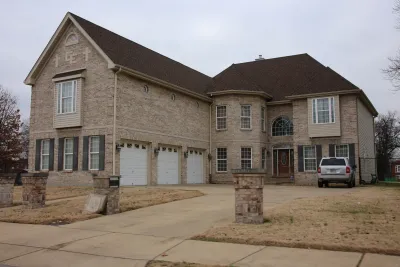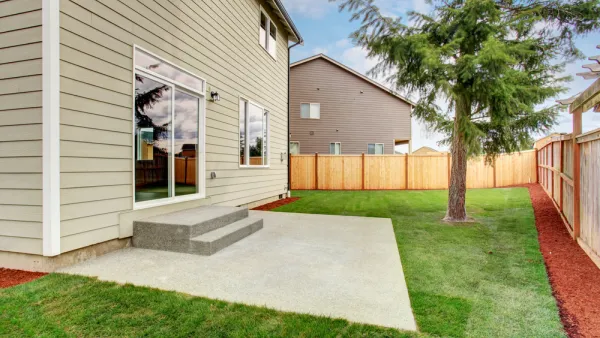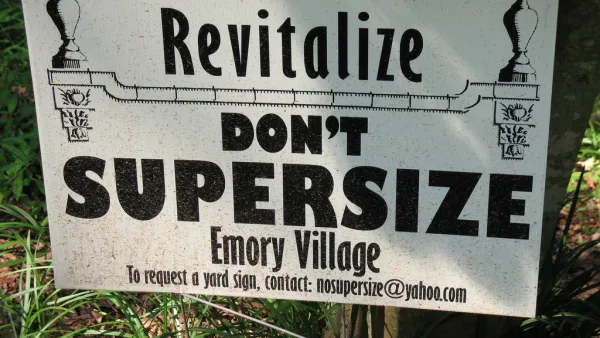McMansion or not, the American home is a good 600 to 800 square feet larger than the average in most other countries. Possible reasons run the gamut from policy to culture to personal economics.

It's no secret that the United States boasts big houses. Average American homes are significantly larger than their global counterparts, and the contrast is even more stark for newer American constructions. Here, Joe Pinsker takes a look at a range of causes for this country's size obsession.
One set of reasons has to do with deliberate policies that "have for the past century effectively steered Americans toward living in detached single-family homes" and commuting by car. Other factors are cultural, like a supposed American preference for space, or historical, like the relative newness of American metros compared to European counterparts built atop medieval foundations.
"In the case of the U.S., more than national wealth is linked to size—there's often a personal financial advantage to it as well," Pinsker writes. Getting a big mortgage on a spacious house, or so the thinking goes, pays off in the long run as the larger house appreciates with time.
Despite the American fixation with space, Pinsker also notes how norms can shift. According to one study, "from 2003 to 2018, the median square footage that home buyers said they wanted dropped from 2,260 to 2,066."
FULL STORY: Why Are American Homes So Big?

National Parks Layoffs Will Cause Communities to Lose Billions
Thousands of essential park workers were laid off this week, just before the busy spring break season.

Retro-silient?: America’s First “Eco-burb,” The Woodlands Turns 50
A master-planned community north of Houston offers lessons on green infrastructure and resilient design, but falls short of its founder’s lofty affordability and walkability goals.

Delivering for America Plan Will Downgrade Mail Service in at Least 49.5 Percent of Zip Codes
Republican and Democrat lawmakers criticize the plan for its disproportionate negative impact on rural communities.

Test News Post 1
This is a summary

Test News Headline 46
Test for the image on the front page.

Balancing Bombs and Butterflies: How the National Guard Protects a Rare Species
The National Guard at Fort Indiantown Gap uses GIS technology and land management strategies to balance military training with conservation efforts, ensuring the survival of the rare eastern regal fritillary butterfly.
Urban Design for Planners 1: Software Tools
This six-course series explores essential urban design concepts using open source software and equips planners with the tools they need to participate fully in the urban design process.
Planning for Universal Design
Learn the tools for implementing Universal Design in planning regulations.
EMC Planning Group, Inc.
Planetizen
Planetizen
Mpact (formerly Rail~Volution)
Great Falls Development Authority, Inc.
HUDs Office of Policy Development and Research
NYU Wagner Graduate School of Public Service





























